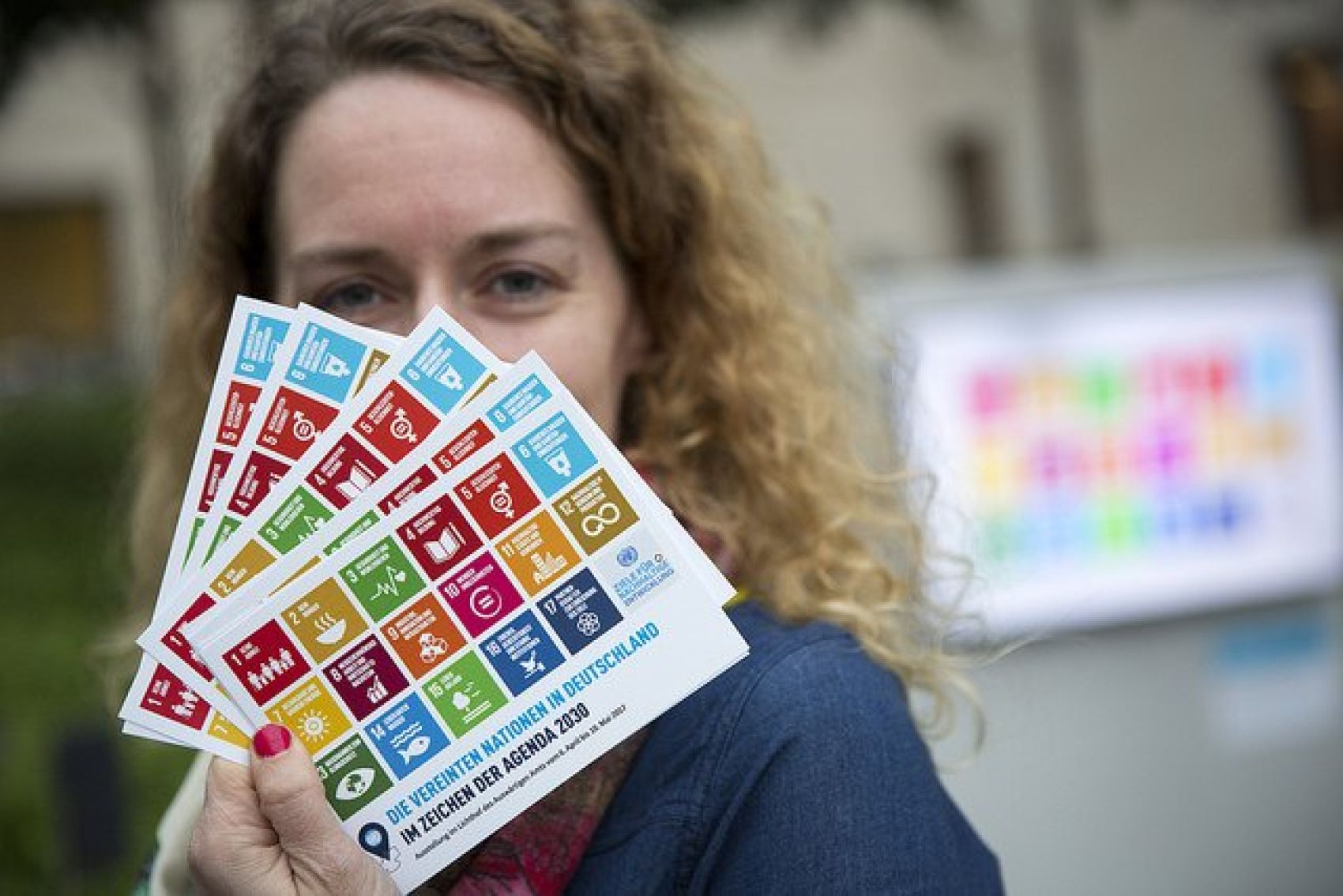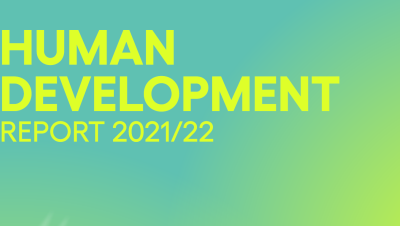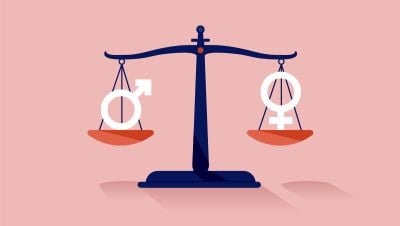The Second Forum on Financing for Development is taking place in New York, with a focus on mobilizing means of implementation for the Sustainable Development Goals (SDGs). How can we ensure that investments in human development are not forgotten?
Partly because the Millennium Development Goals (MDGs) were criticized for focusing too narrowly on human and social development, and partly perhaps due to a backswing of the pendulum of development priorities, the SDGs now cover several additional, more ‘economic’ goals such as robust economic growth (with a target of 7% per annum), infrastructure development, and productive capacity building. As investments must be prioritized between competing goals, there is a real danger that the renewed emphasis on these ‘economic’ goals, combined with rising spending on refugees and humanitarian crises (not to mention military spending and debt servicing), may reduce expenditures directly aimed at expanding human capabilities.
Before both the MDGs and the SDGs, the second Human Development Report (HDR) in 1991 considered the importance of tracking financing for human development. It looked at both a new human expenditure ratio - essentially the priority given to human development-related services as a share of the total expenditure - and human development spending per person in absolute terms (which had been declining in prior years). One of the key policy conclusions put forward by the report was that, to do well in human development, these ‘human expenditures’ needed to be around 5% of GNP. Some of the countries used to illustrate this point were Malaysia, Jordan and Costa Rica, which all exceeded this threshold in 1991 (their HDIs were likewise all above 0.6 in that year).
Is this idea still relevant today? The 2016 Human Development Report ‘Human Development for Everyone’ notes that, in the Least Developed Countries, public expenditures on health average 1.8% of GDP, and those on education 3.3% of GDP (compared to 7.7% and 5.1% in OECD countries, respectively). However, it seems likely that many of these (and other countries) will see their revenues shrink, with less to spend on any priority area. Education and health budgets are often the first on the chopping block.
Indeed, the latest Report of the UN’s Inter-Agency Task Force on Financing for Development expresses similar concerns. For instance, on current growth trajectories, SDG 1 on eradicating poverty will not be met, and low growth is also a major risk for public expenditure on education, health and social protection.
Karl Marx said that, “Philosophers have hitherto only interpreted the world in various ways; the point is to change it.” Similarly, understanding human development is only half the task. The other is to enhance it. What can be done to ensure that financing for health, education and poverty reduction are not forgotten in the long list of SDGs? One way forward is to track domestic and aid financing for these areas using both the human expenditure ratio and the human spending per capita suggested in the 1991 HDR. Another would be to update that report’s estimate of the range of ‘human expenditures’ (necessary to promote human development). Is it time to use the HDR’s profile to sharpen the focus on the key human development goals in the SDGs, lest they be neglected in the broader agenda?
The HDialogue blog is a platform for debate and discussion. Posts reflect the views of respective authors in their individual capacities and not the views of UNDP/HDRO.
HDRO encourages reflections on the HDialogue contributions. The office posts comments that supports a constructive dialogue on policy options for advancing human development and are formulated respectful of other, potentially differing views. The office reserves the right to contain contributions that appear divisive.
Photo credit: Inga Kjer / photothek.net


